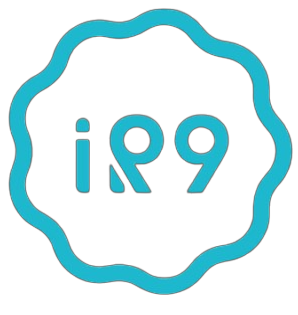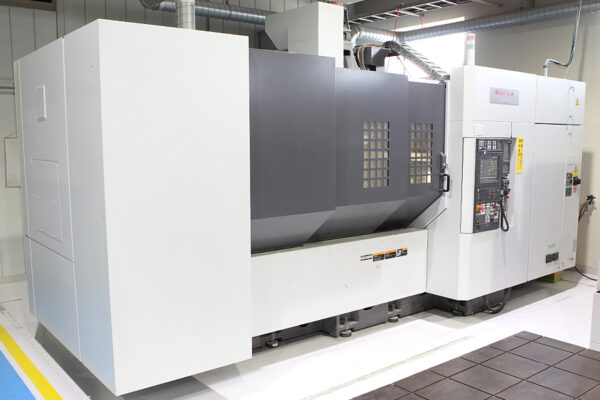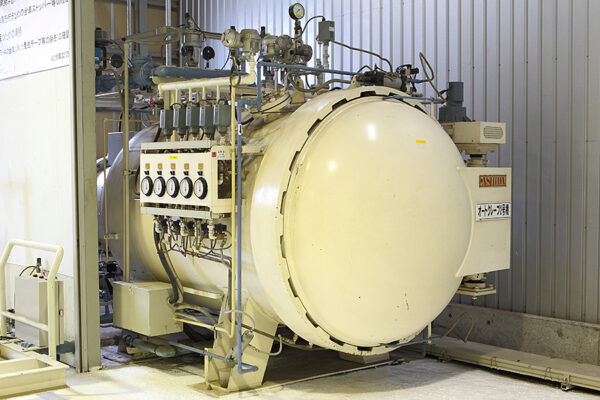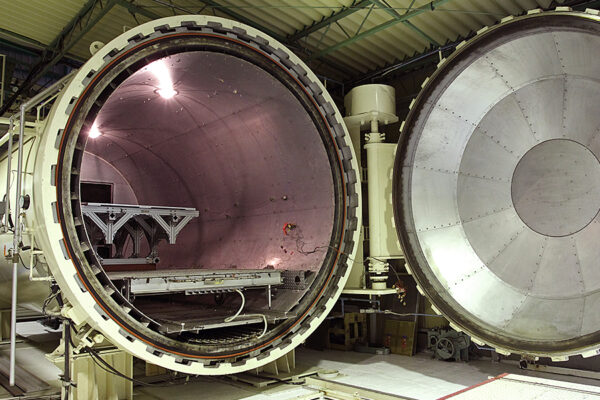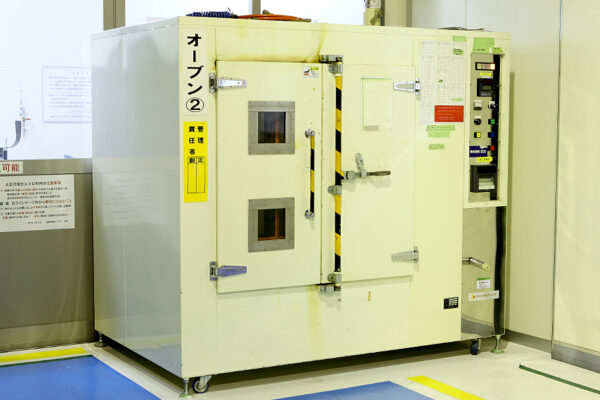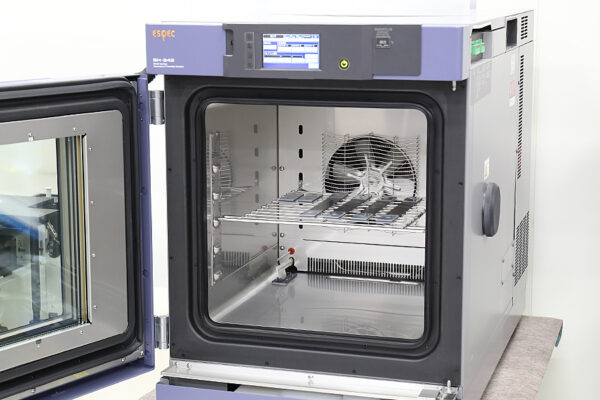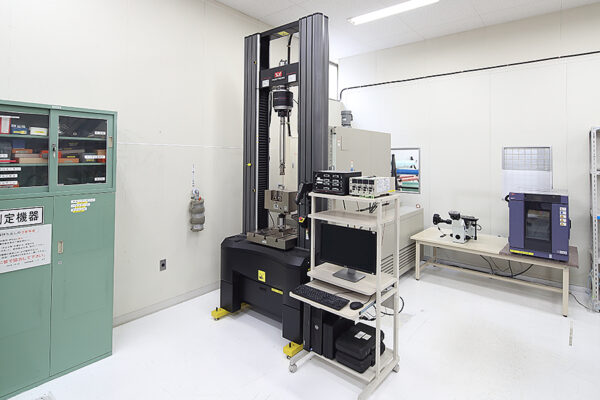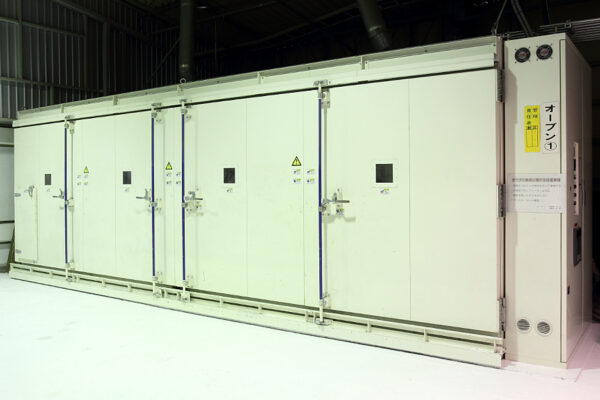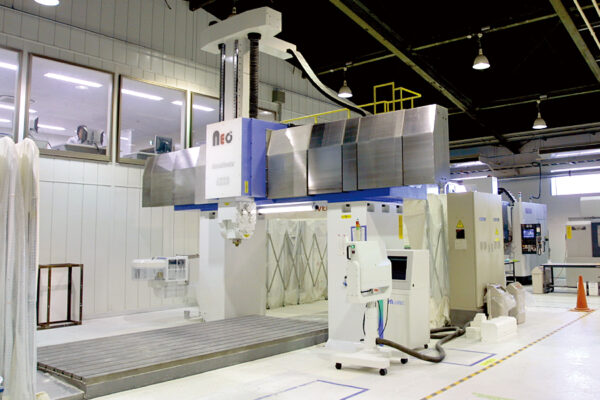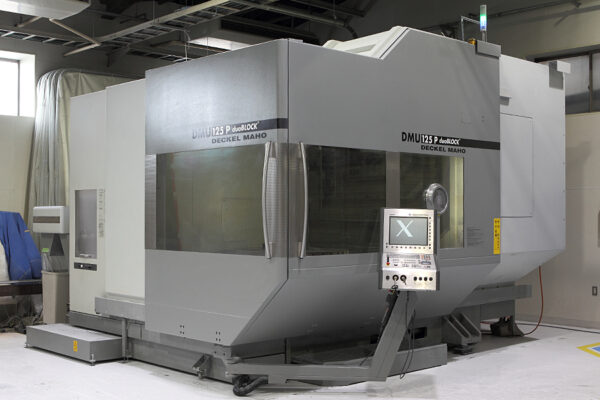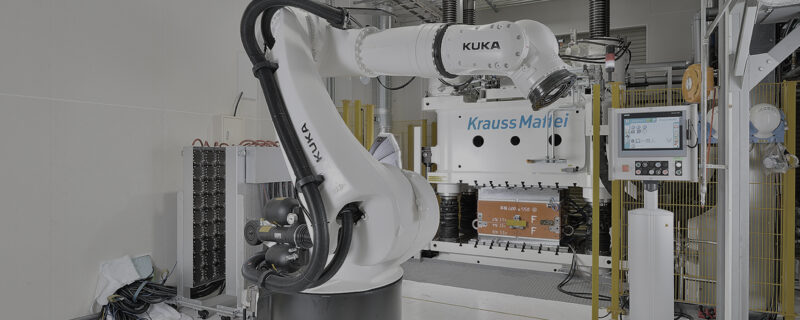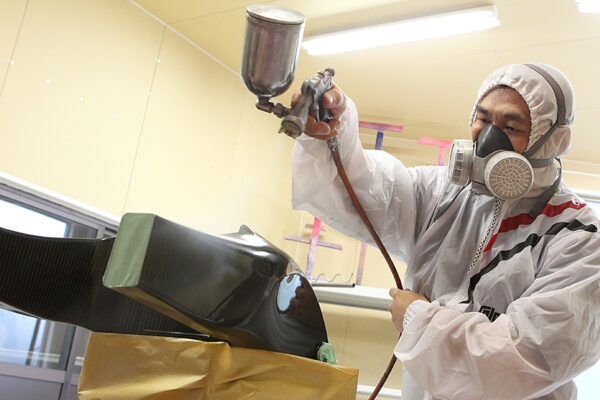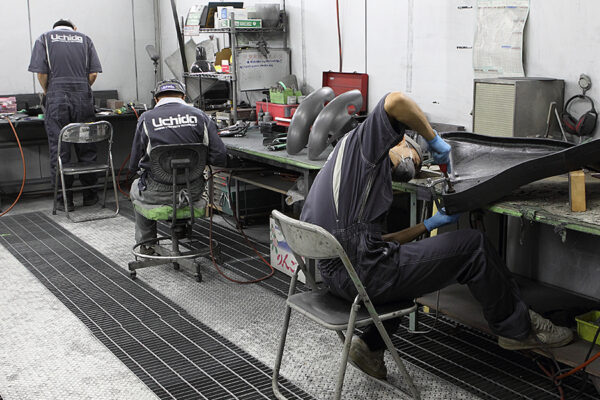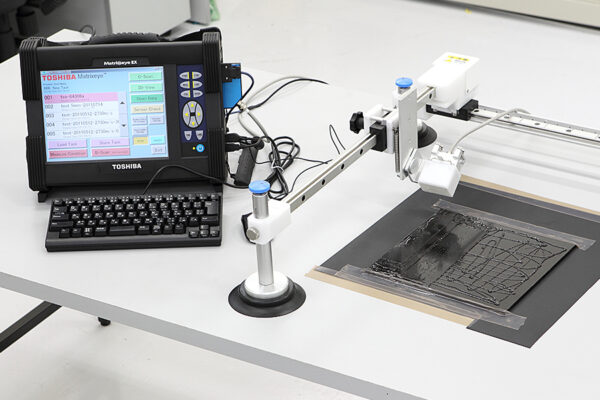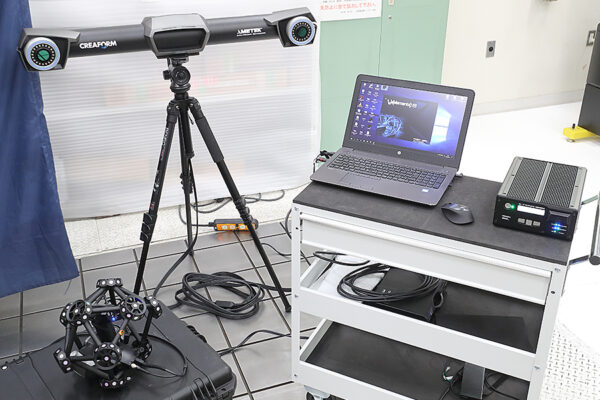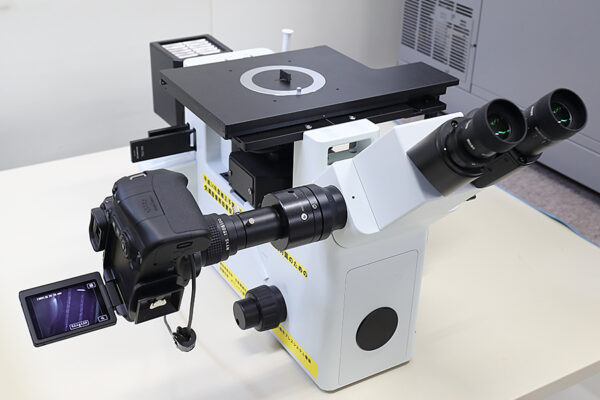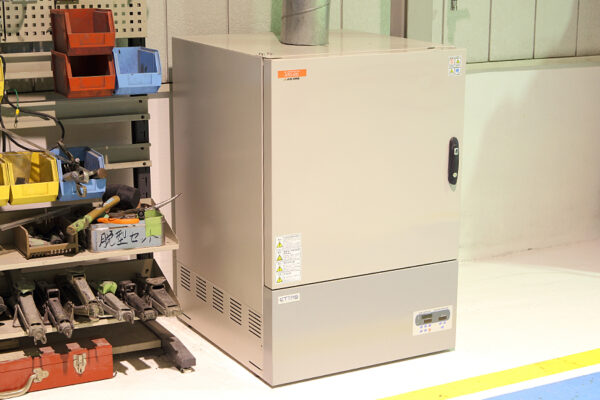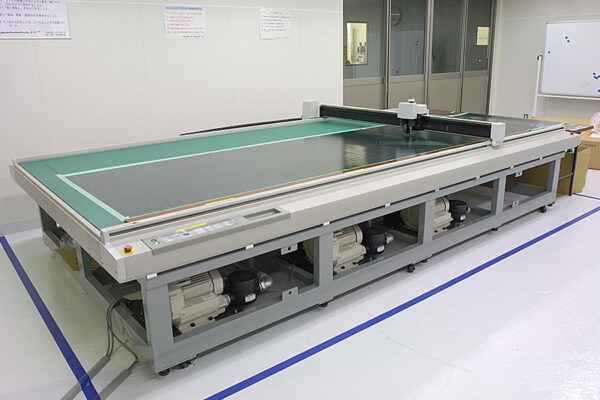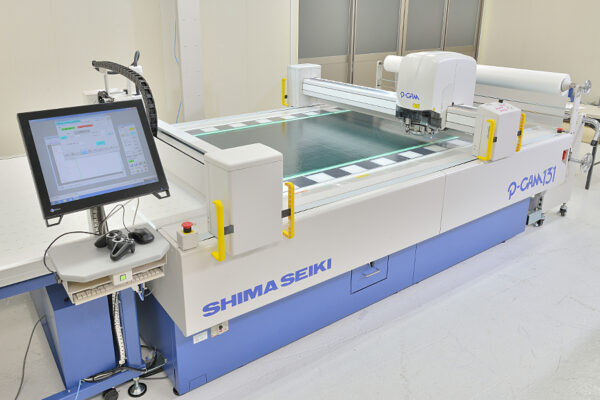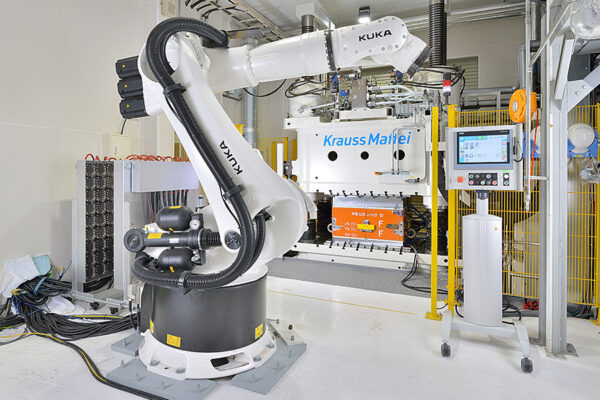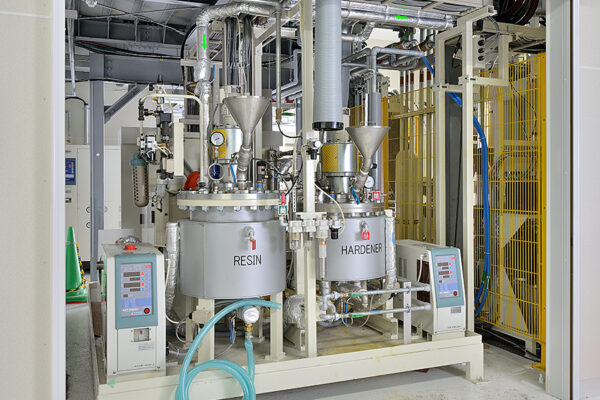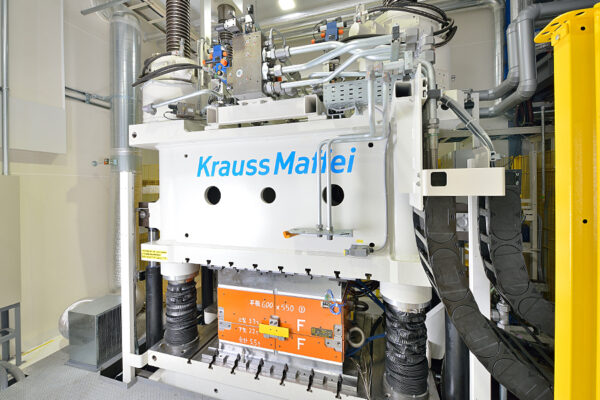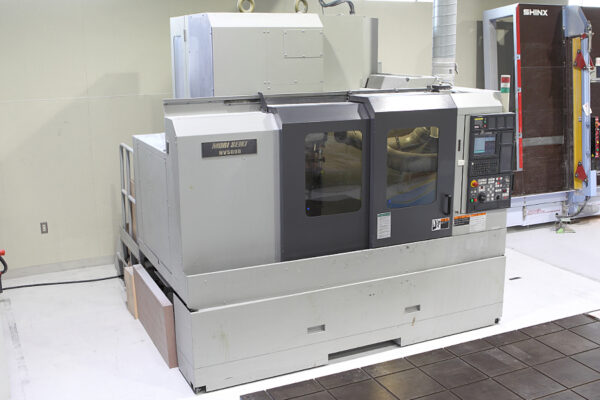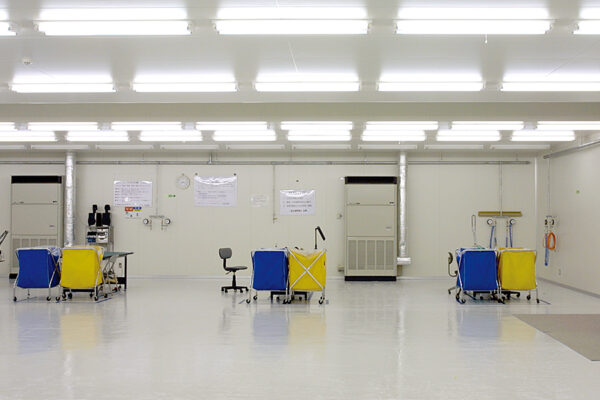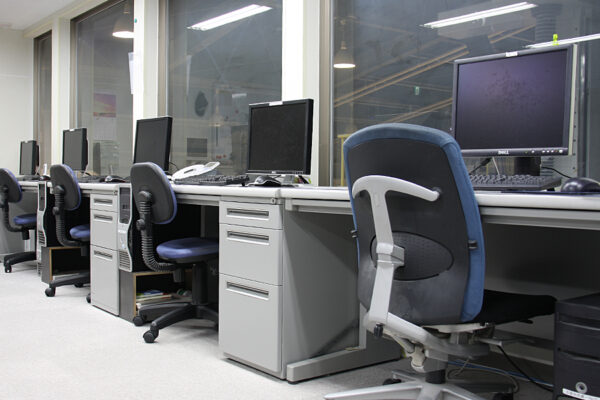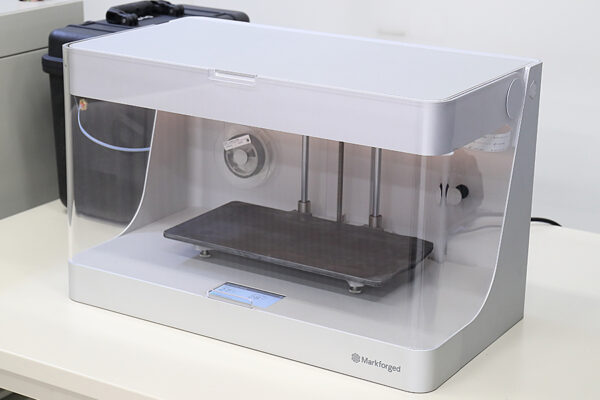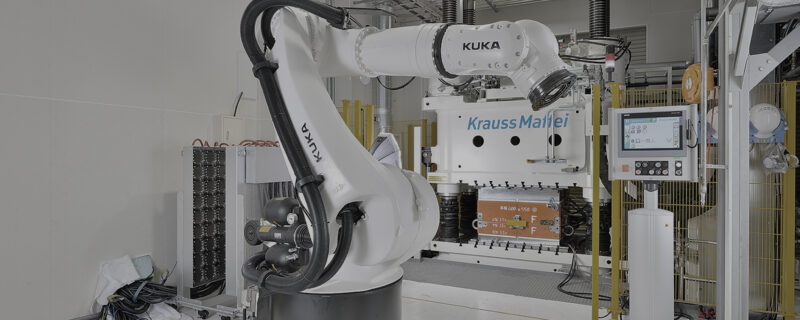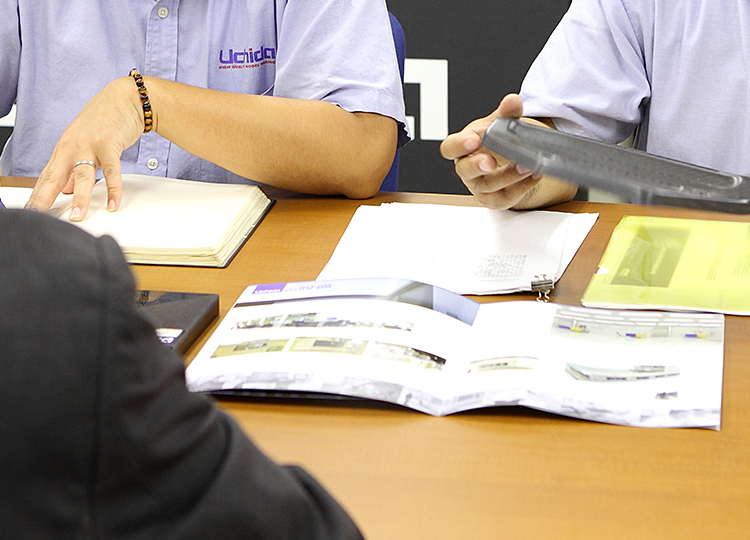What is Carbon Fiber?
Carbon fiber is a thin filament produced by carbonizing organic polymers such as acrylic or petroleum, coal, or tar pitch by-products, at high temperatures. Carbon fiber produced with acrylic fiber is classified as polyacrylonitrile-based (PAN), while those made from pitch are classified as pitch-based carbon fiber. These lightweight and strong materials being leveraged in various industries including aviation, automobile, and sports equipment.
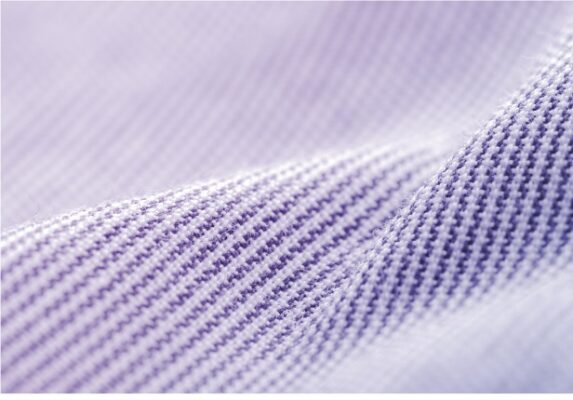
Key Characteristics of Carbon Fiber
- One-fourth the specific gravity of iron.
- Ten times the specific strength of iron.
- Seven times the specific modulus of elasticity, compared to iron.
In addition to its renowned “strong, lightweight, and non-corrosive” properties, carbon fiber showcases a range of other features such as X-ray permeability, electrical conductivity, thermal resistance, and low expansion. Carbon fiber is a thin filament that doesn’t hold shape on its own and, therefore, is generally employed in combination with a plastic polymer such as resin.
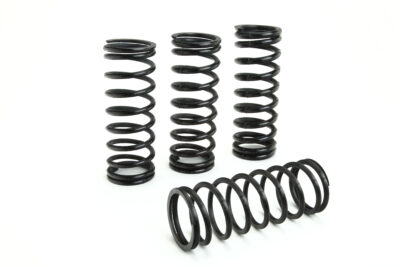
What is CFRP? A Deeper Look at Carbon Fiber Reinforced Plastics
As per the name CFRP (carbon fiber reinforced plastic) is a composite material (type of FRP) whereby a plastic polymer base material is fortified with carbon fibers. The resulting distinctive “lightweight, strong and non-corrosive” qualities has made CFRP a leading material-of-choice across diverse industries and applications.
Carbon fiber itself is a fine yarn-like filament which exhibits exceptional strength but is unable to hold a form on its own. With the product known as CFRP or dry carbon, we composite these strength-obtaining carbon fibers with a plastic polymer to achieve a strong, highly elastic, and formable material.
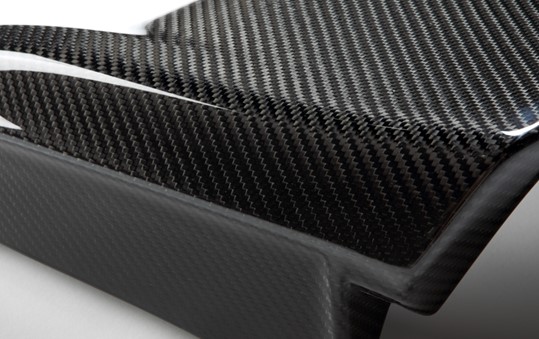

CFRP Molding Methods
Before delving into CFRP processing, let’s first look at molding methods. There is a wide variety of CFRP molding methods which are selected according to the desired application, shape/form, and production lot.
CFRP Molding Methods
Autoclave Molding
RTM (Resin Transfer Molding)
Va-RTM (Vacuum Assisted Resin Transfer Molding)
Press Molding
Hand Lay-up Molding
Filament Winding Molding
Sheet Winding Molding
Pultrusion
3D Printer
At Uchida, we use the fabrication methods shown in red.
Autoclave Molding Method: The Hallmark of High-quality CFRP Product Manufacturing
Despite the extensive range of molding methods, autoclave molding remains the hallmark method for design versatility and high-quality CFRP fabrication. High-quality CFRP created from carbon prepregs using the autoclave molding method is known as dry carbon. This method is suitable for prototyping and small-lot production as it does not require expensive metal molds.
The diagram below illustrates the production process of CFRP products using the autoclave molding method.
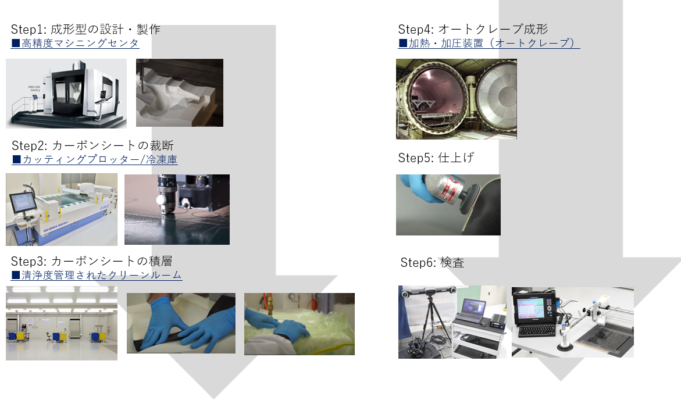
Summary
This issue overviews the features of carbon fibers used as a reinforcing material in CFRP. Its key features are its “lightweight, strong and non-corrosive” properties, but there are many more. Hopefully this has provided you with a clearer idea of what to expect. See you next time.
Related useful contents
You can explore related content by clicking on a topic of interest.
ABOUT UCHIDA - 55 years since our founding
We leverage a wealth of technical expertise as a CFRP molding and processing manufacturer using FRP, GFRP, and CFRP materials. We offer a one-stop solution, encompassing design, analysis, manufacturing, secondary processing, assembly, painting, quality assurance, and testing.
UCHIDA's equipment
We have cutting-edge equipment to ensure that we can address even the most advanced challenges of our customers.
Video Library
In the following video, we provide a detailed overview of our manufacturing process. Please feel free to watch and learn more.

